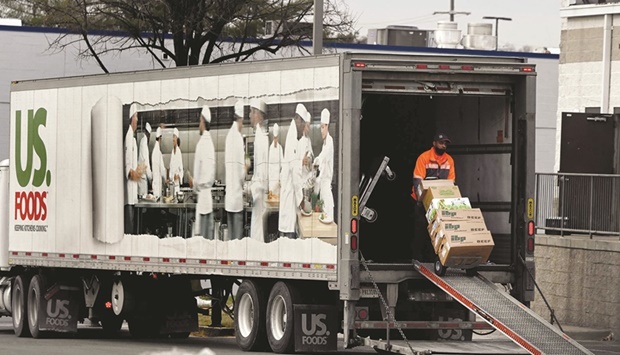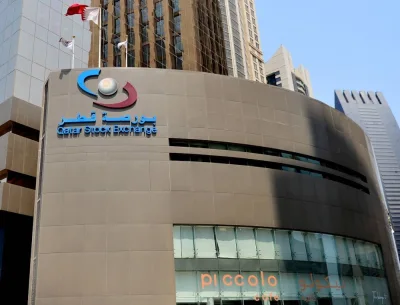US economic growth likely accelerated in the fourth quarter as businesses replenished depleted inventories to meet strong demand for goods, helping the nation to log its best performance in nearly four decades in 2021.
Growth last year was fuelled by massive fiscal stimulus as well as very low interest rates.
The momentum, however, appears to have faded by December amid an onslaught of Covid-19 infections, fuelled by the Omicron variant, which contributed to undercutting spending as well as disrupting activity at factories and services businesses.
The Commerce Department’s advance fourth-quarter gross domestic product report on Thursday would support the Federal Reserve’s pivot toward raising interest rates in March, and diminish prospects of more spending by President Joe Biden’s government.
Fed chair Jerome Powell told reporters on Wednesday after a two-day policy meeting that “the economy no longer needs sustained high levels of monetary policy support,” and that “it will soon be appropriate to raise” rates.
“We had a strong tailwind from inventory accumulation, and that boosted growth,” said Sung Won Sohn, finance and economics professor at Loyola Marymount University in Los Angeles. “We spent so much money in the past. The Biden administration has over-stimulated the economy and the Fed supported that effort.”
According to a Reuters survey of economists, GDP growth likely increased at a 5.5% annualised rate last quarter.
That would be a jump from the 2.3% pace in the third quarter.
Estimates ranged from as low as a 3.4% rate to as high as a 7.0% rate.
But the survey was conducted before the release on Wednesday of data showing a record goods trade deficit in December and a surge in retail inventories.
The strong retail inventory accumulation led economists, including those at JPMorgan, to raise their GDP growth estimates to as high as to a 7.5% rate.
For all of 2021, growth is estimated at 5.6%, which would be the strongest since 1984.
The economy contracted 3.4% in 2020, the biggest drop in 74 years.
The sharp rebound in growth last year could offer some cheer for President Biden whose popularity is falling amid a stalled domestic economic agenda after the US Congress failed to pass his signature $1.75tn Build Back Better legislation.
Inventory investment is expected to have accounted for the bulk of the increase in GDP growth in the fourth quarter.
Businesses had been drawing down inventories since the first quarter of 2021.
Spending shifted during the pandemic to goods from services, a demand boom that pressured supply chains.
JPMorgan estimated that inventories grew at a $167bn rate last quarter after adjusting for inflation.
Excluding inventories, GDP growth likely increased at a rate of about 2.5%.
Growth last quarter was also seen lifted by a jump in consumer spending in October before it retreated considerably as Omicron spread across the country.
Consumer spending, which accounts for more than two-thirds of economic activity, has been hampered by shortages of motor vehicles and other goods.
A global chip shortage is hurting production.
Reduced households purchasing power, with inflation way above the Fed’s 2% target, also hindered consumer spending at the tail end of the fourth quarter.
“It appears that Omicron is doing meaningful damage to the economy this quarter,” said Ryan Sweet, a senior economist at Moody’s Analytics in West Chester, Pennsylvania. “The good news is that daily confirmed Covid-19 cases in the US are declining, and if this is sustained, the worst of this wave’s hit to growth could be behind us.”
The Omicron-driven outbreak in infections has also impacted the labour market, with first-time applications for unemployment benefits vaulting to a three-month high in mid-January.

A worker delivers goods at a grocery store in Fairfax Virginia. According to a Reuters survey of economists, GDP growth likely increased at a 5.5% annualised rate last quarter.


